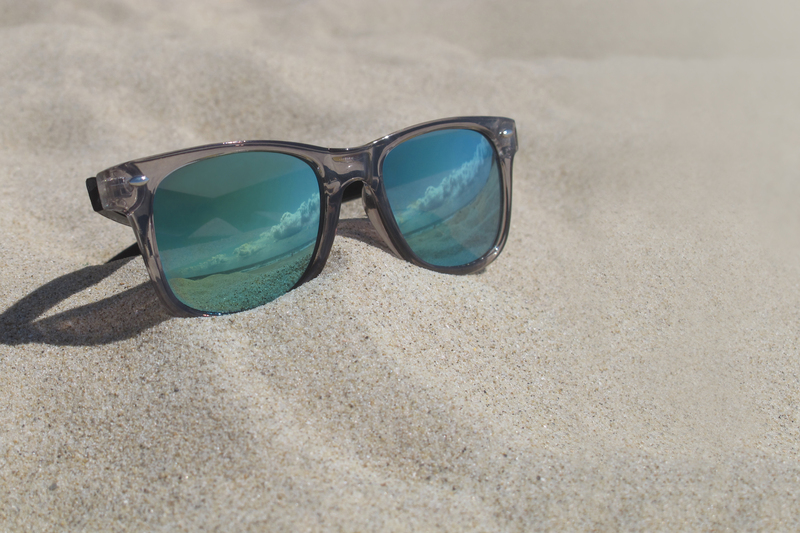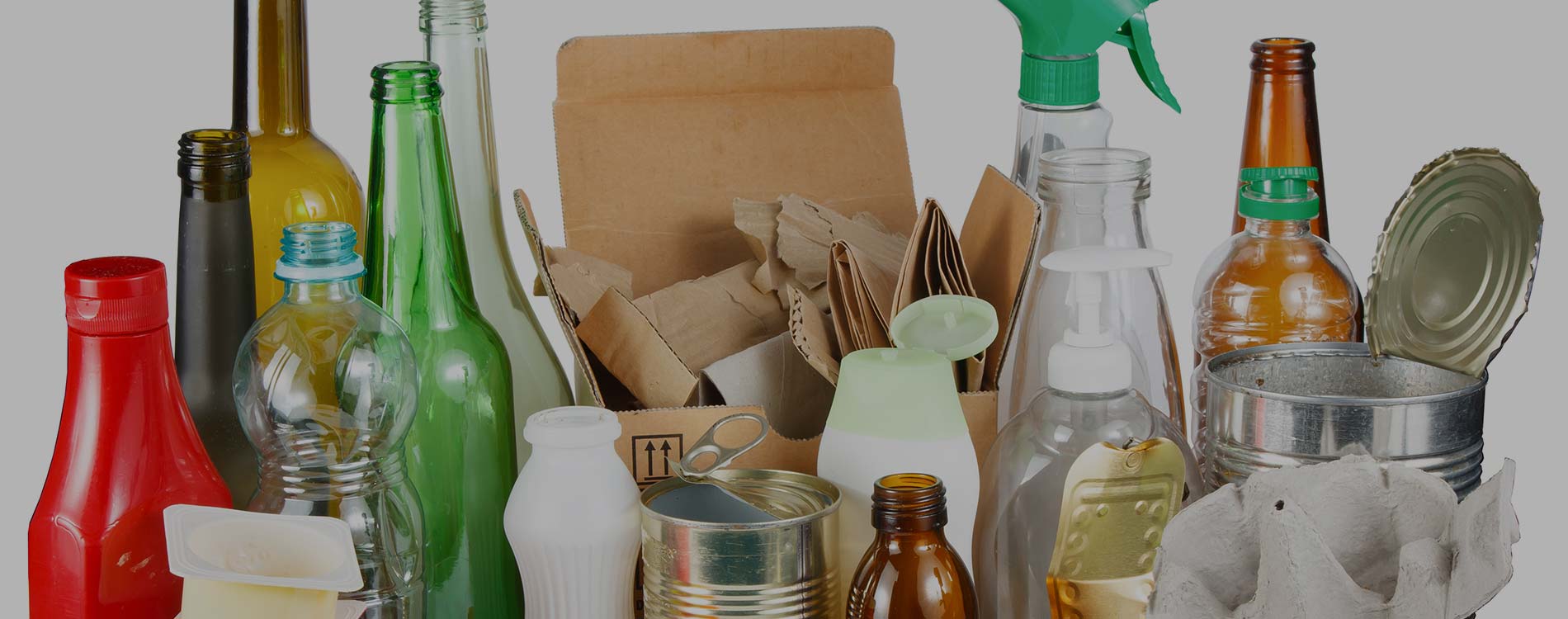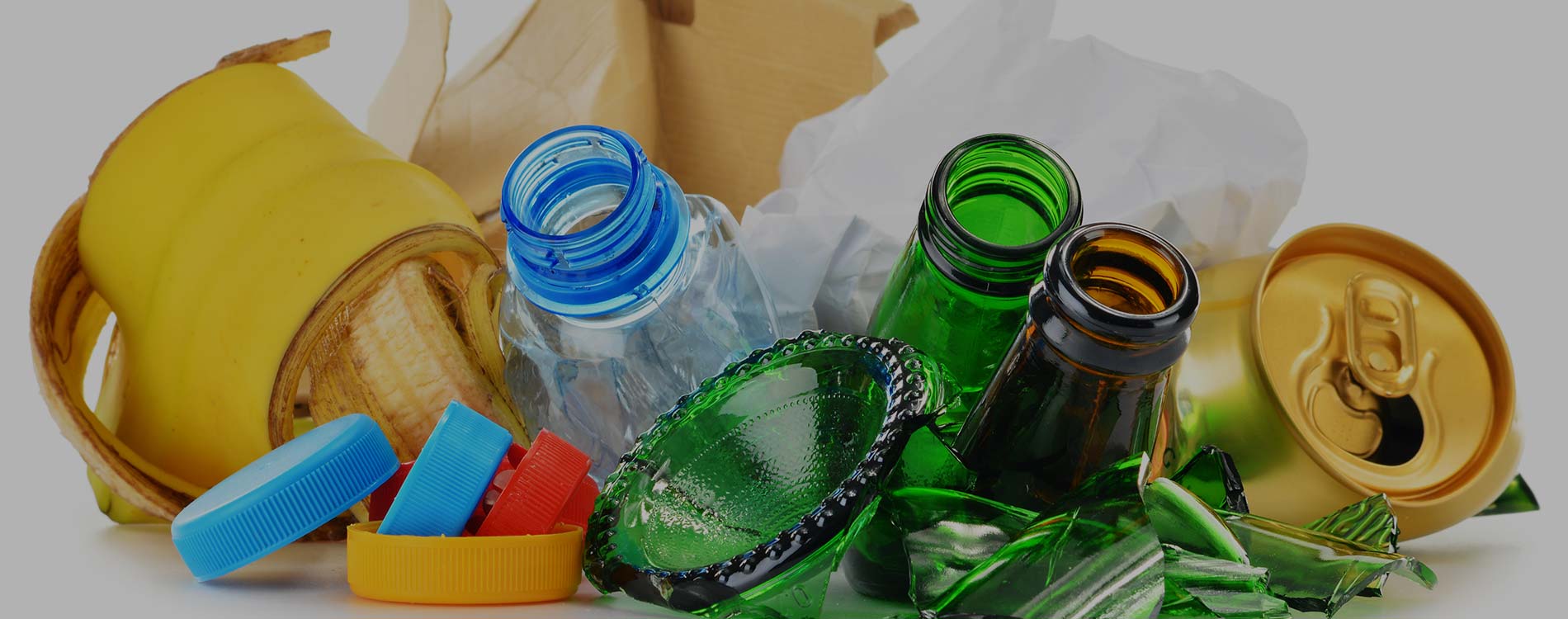Discovering the Risks: Plastics to Keep at Bay
Posted on 01/07/2025
Discovering the Risks: Plastics to Keep at Bay
In our modern world, plastic materials have entrenched themselves into virtually every aspect of our lives. While plastics offer convenience, affordability, and flexibility, not all plastics are created equal. Increasing scientific research shows that certain types of plastic pose significant health and environmental risks--both to humans and the planet. In this comprehensive guide, we'll delve into dangerous plastics, explore which plastics you should avoid, and provide actionable tips for making safer, smarter choices for your health and the environment.
Understanding the Ubiquity of Plastics
From food packaging to water bottles, children's toys to medical devices, plastics are everywhere. But before we discuss specific types to keep at bay, it's crucial to understand what makes plastics so widespread--and so risky.
- Versatility: Plastics can be molded into virtually any shape, making them crucial to both industrial and consumer applications.
- Cost-Effective: Producing most plastics is much cheaper than glass, metal, or other alternatives.
- Durability: While this is a strength, it's also a curse. Plastics don't break down easily, leading to persistent microplastic pollution.
Why Are Some Plastics Harmful?
Many plastics contain chemicals and additives that can leach into food, water, or the environment. Prolonged exposure to certain plastics has been associated with endocrine disruption, developmental problems, and even cancer. Furthermore, hazardous plastics contribute heavily to global waste issues--breaking down into toxins and microplastics that affect wildlife and contaminate our food chain.

Plastics to Avoid: Navigating the Plastic Identification Codes
Most plastic products feature a recycling symbol with a number (1-7) that identifies the type of plastic. Being familiar with these codes can help you make safer choices.
- Plastic #1: PET or PETE - Polyethylene Terephthalate
- Plastic #2: HDPE - High-Density Polyethylene
- Plastic #3: PVC - Polyvinyl Chloride
- Plastic #4: LDPE - Low-Density Polyethylene
- Plastic #5: PP - Polypropylene
- Plastic #6: PS - Polystyrene
- Plastic #7: Miscellaneous and Polycarbonate (PC)
Which Plastics Are the Most Harmful?
Let's examine the types of plastics to keep at bay due to their potential risks to human health and the environment:
1. Polyvinyl Chloride (PVC) - Plastic #3
- Main Uses: Plumbing pipes, clear food packaging, shrink wrap, children's toys.
- Risks: PVC contains phthalates (plasticizers) and often lead, cadmium, and other toxic chemicals. These substances can leach out and have been linked to hormone disruption, reproductive issues, and an increased cancer risk.
- Environmental Impact: PVC production and disposal release persistent pollutants, including dioxins--classified as "highly toxic" by the WHO.
2. Polystyrene (Styrofoam) - Plastic #6
- Main Uses: Disposable coffee cups, takeout containers, packing peanuts, plastic cutlery.
- Risks: Polystyrene can leach styrene, a possible human carcinogen. This is particularly risky with hot food and drinks. It's not microwave-safe and can cause adverse health effects with chronic exposure.
- Environmental Impact: Polystyrene foam is lightweight and easily breaks apart, making it a leading contributor to landfill and marine pollution. It's not easily recyclable in most communities.
3. Polycarbonate (PC) & Other #7 Plastics - Plastic #7
- Main Uses: Water cooler bottles, baby bottles, some reusable food containers, electronics.
- Risks: Many #7 plastics contain Bisphenol-A (BPA). BPA is an endocrine disruptor linked to developmental, reproductive, and metabolic problems. Even low-level exposure can be harmful, especially for infants and children.
- Environmental Impact: These plastics resist degradation and contribute to long-term plastic pollution.
4. The Hidden Dangers of Microplastics
Even plastics once deemed "safe" can pose hazards. As plastics break down--due to sunlight, heat, or physical stress--they form microplastics: tiny fragments less than 5mm in size. Microplastics have now been detected in:
- Drinking water (both bottled and tap)
- Soil and agricultural products
- Marine fish and seafood
- Human blood and lung tissue
Exposure to microplastics is an emerging threat that scientists are only just beginning to understand. Early research indicates microplastics can cause inflammatory responses and potentially transport toxic chemicals into human tissues.
Plastics Safer to Use
If you can't avoid plastics entirely, opt for the least risky options. According to regulatory agencies and environmental groups, the following are considered safer for limited use:
- Plastic #2 (HDPE) - milk jugs, detergent bottles. Resistant to corrosion, less likely to leach harmful substances.
- Plastic #4 (LDPE) - bread bags, frozen food bags. Flexible and relatively low risk.
- Plastic #5 (PP) - yogurt containers, straws, bottle caps. Heat resistant and commonly used in food storage.
Still, try to minimize your reliance on any plastics for food or beverage storage, especially if heat is involved.
Key Health Effects Linked to Harmful Plastics
Chemical Leaching and Human Health
- Hormone Disruption: Chemicals such as BPA and phthalates mimic or interfere with the body's hormones, affecting development and fertility.
- Cancer Risk: Long-term exposure to chemicals leached from plastics--such as vinyl chloride and styrene--is linked to higher rates of certain cancers.
- Neurological Impact: Some plastic-related chemicals may negatively affect brain function, especially in developing children.
- Metabolic Disorders: Ongoing exposure is connected with higher risks of obesity, insulin resistance, and type 2 diabetes.
Environmental Damage
- Ocean & Wildlife Harm: Marine life mistake plastic fragments for food, leading to malnutrition, entanglement, and death.
- Pollution of Soil & Water: Toxic plastic additives and microplastics contaminate the ecosystems--eventually moving up the food chain to humans.
- Persistent Waste: Plastics can take centuries to decompose, cluttering landfills and the natural environment for generations.
How to Identify and Avoid Dangerous Plastics
1. Check the Recycling Code
Always look at the bottom of your plastic products. Avoid products marked #3 (PVC), #6 (PS), and #7 (especially if not "BPA-free").
2. Don't Heat Plastics
- Avoid microwaving, dishwashing, or exposing plastics to hot foods and beverages. Heat increases leaching of harmful chemicals.
3. Choose Alternatives
- Glass, stainless steel, and silicone are safer choices for storing and heating food and drinks.
- Buy in bulk and choose products with minimal or no plastic packaging.
4. Be Cautious with "BPA-Free" Claims
Some "BPA-free" plastics use substitutes like BPS or BPF, which may be just as harmful. Always research the materials used in "safe" plastic products.
5. Replace Old and Worn Plastics
- Scratched, cracked, or cloudy plastic containers are more likely to leach harmful chemicals. Replace them with safer alternatives.
Children and Vulnerable Populations: Extra Precautions
Young children, pregnant women, and those with immune sensitivities are particularly at risk from toxic plastics. The developing nervous and endocrine systems are especially sensitive to even low-level exposures. For these groups:
- Choose glass baby bottles and sippy cups
- Avoid plastic toys labeled PVC or with strong "plastic" smells
- Never microwave any type of plastic bottle or container
Global Trends: Initiatives to Reduce Plastic Harm
In recent years, countries and cities worldwide have implemented regulations to address the health and ecological risks posed by dangerous plastic types. Notable moves include:
- Banning single-use plastics: Styrofoam food containers and plastic straws have been outlawed in many regions due to their environmental toll.
- Restricting BPA use: Over 35 countries have restricted or banned BPA in baby bottles and children's products.
- Microbead ban: Microbeads--tiny plastic spheres in personal care products--are now banned in many countries due to environmental damage.
These policy trends reflect a growing public awareness of the need to keep risky plastics out of our homes, workplaces, and natural spaces.

Actionable Tips for a Low-Plastic Lifestyle
Choose Safer Containers and Packaging
- Use glass, stainless steel, or unlined bamboo for water and food storage
- Avoid plastic wrap and bags; opt for beeswax wraps or silicone bags
- Opt for bulk items and bring your own reusable containers and bags
Avoid Fast Food and Takeout Packaging
Many disposable food containers are made from dangerous plastics. Pack homemade meals using safe containers whenever possible.
Read Product Labels
Look for phthalate-free, BPA-free, and clearly labeled materials when purchasing plastic items. Favor brands committed to transparent and responsible manufacturing.
Spread Awareness
Share this article and other resources to help your friends, family, and community understand the risks associated with toxic plastics.
Conclusion: Making Informed Choices About Plastics to Avoid
The evidence is clear: some plastics are too risky to ignore. Whether the concern is chemical leaching, microplastic contamination, or ecosystem disruption, the message is the same--steer clear of plastics identified as dangerous wherever possible. By learning to identify risky types, understanding the consequences, and opting for safer materials, you're making a personal stand for better health and a cleaner environment.
Remember, every small change counts. Start with the simple steps outlined above, and you'll not only reduce your exposure to hazardous plastics--you'll inspire others to do the same. Together, we can keep harmful plastics at bay for healthier living and a greener planet.

 020 3744 2205
020 3744 2205











